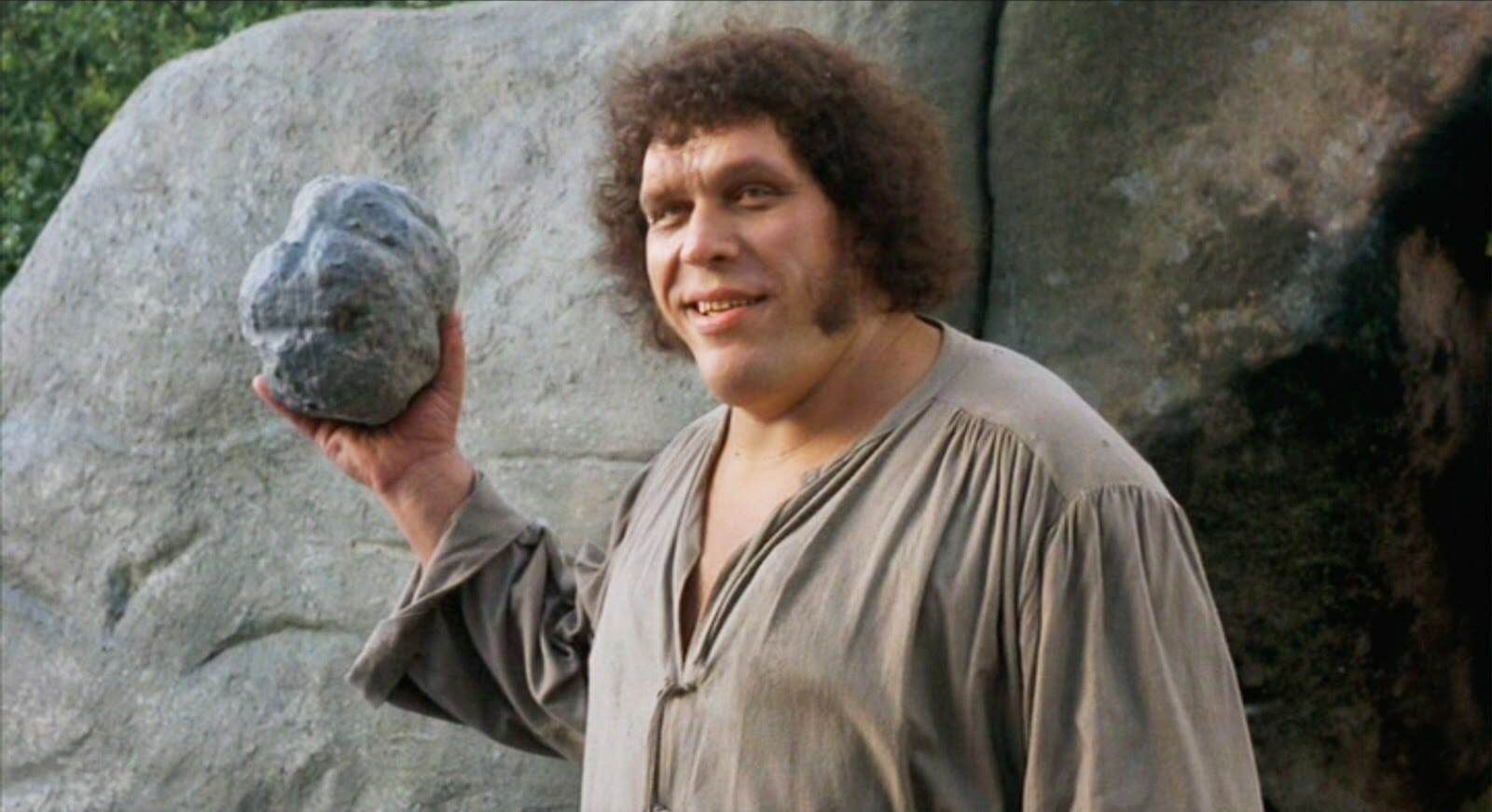I don’t care how long this has been going on, I ain’t fucking around near that thing.
This is the rock that keeps the Earth right side up. If you knock it off we flip upside down and Australia gets to rule the planet.
I would never go anywhere near that rock
deleted by creator
I think you recently heard this term and are trying to shoehorn it into any conversation you can.
It is a fun term, you must admit
I think they were just having a laugh and I sort of found it funny myself.
There is another of these in Lanesborough, Massachusetts, USA.
aw man, this is like the cooler version of the jug rock.
Jug rock is a better name though. I don’t know what that name translates to so maybe im wrong again. I hope not.
removed by mod
It does not have to matter, but can still be cool. I also don’t know if this sentence makes sense.
Better keep it low profile, or some tourists will try some bad ideas.
I feel like if this was my town idiots would have done it long ago by all means necessary
RIP Sycamore Gap tree.
American Boy Scout leaders.
Or this more recently 🙁
Ruining historic natural monuments is somehow not first on the list of American Boy Scout leader atrocities 🫤
For anyone else out of the loop.
https://en.wikipedia.org/wiki/Boy_Scouts_of_America_sex_abuse_cases
For anyone out of the other loop.
A stick of dynamite might offset it enough to roll.
I was thinking trucks
Not gonna budge with a truck but a large bottle jack or two might do the trick
Neat. The trick rock has a pet tree
Or some aliens with antigrav guns were like “Hey you know what would be funny?!?”
-
Rock is in the floor
-
Ice age ends, water floods dirt around the rock away
-
Rock either rolls down or stays
We have lots of these in Austria and at least here this is how they became like that.
-
What happened 11,000 years ago?
You’re not gonna believe it.
it was actually around 11025 years ago. i first heard about this in 1999, and it was 11000 years then.
Ice age
The ice sheet covering northern europe started to melt away, and with that we got what is called “glacial erratics”. Rocks had traveled from once place to another, and then settled. In Sweden we call those “giants throw”, because it was assumed that the only way those big rocks could be where they are was if a giant had thrown it.
In Finland those are called siirtolohkare (moved boulder) or hiidenkivi (devil’s rock)
I think we have the same terminology then, we also call them “flyttblock”. Is there a story behind them being called Devil’s rock? It sounds very finnish to me to be honest.
Well “hiisi” translates to “devil” but that’s very much a political translation as far as such things existed back then.
Translating “Hiisi” as “the Devil” is quite a fuck-the-pagans translation.
Hiisi (Finnish pronunciation: [ˈhiːsi]; plural hiidet [ˈhiːdet]) is a term in Finnic mythologies, originally denoting sacred localities and later on various types of mythological entities
Hiisi was originally a spirit of hill forests (Abercromby 1898). In Estonian hiis (or his) means a sacred grove in trees, usually on elevated ground. In the spells (“magic songs”) of the Finns the term Hiisi is often used in association with a hill or mountain, as a personage he also associated with the hills and mountains, such as the owner or ruler of the same. His name is also commonly associated with forests, and some forest animals.
https://en.m.wikipedia.org/wiki/Hiisi
I think “the Fae” would be a more accurate translation, theology-wise.
It’s not literally devil (paholainen) but Hiisi, which is something similar in finnish mythology which obviously doesn’t have a translation.
It’s likely simply “only devil could have brought that stone here”
When earthquake?
Finland is not close enough to the edges of tectonic plates, so if we get earthquakes here at all, they’re barely noticeable.
Not being close to a plate does not necessarily mean only small quakes.
There were a series of what today would be absolutely devastating earthquakes in the Midwestern U.S., far from any tectonic plates, between 1811 and 1812.
https://en.wikipedia.org/wiki/1811–1812_New_Madrid_earthquakes
Being in the middle of the large and relatively stable Eurasian plate does help, though. The Mediterranean region, being closer to the edge region, does experience quite a bit more, though, and some strong ones have historically been felt all the way up here, too.
so if we get earthquakes here at all, they’re barely noticeable.
…and caused by the sea bed rising after it was compressed because of the weight of the glacier during the ice age
I can’t believe it weights just 500kg! But what happened 11 years ago? Who put it there?
You reguegitated the top comment from Reddit, where this was posted 24 hours before it was posted here.
I’m sorry that somebody wrote a similar post on reddit. I hope you’ll forgive me one day for having similar thoughts…
It’s bad enough that this post is a direct copy of a trending Reddit post (down to the weird number formatting), to find the comments are also just copy pasted highlights of stunning lack of originality
It’s pretty funny that you think it’s weird.
I think they just hate reddit.
If you think that I go on reddit to copy comments you’re batshit crazy man. Find a doctor or something.
The tireless work of the repost police must be exhausting. You lone hero you.
Can anyone tell me why the bottom rock is so smooth? I imagine people come and sit on it and touch them both frequently, and that they are two rocks from different places but they each look very dissimilar. I guess what I am really asking, is the bottom rock so smooth because of the big boy topping it?
Likely glaciation, the bottom rock was likely on the bottom of an ice sheet and millions of tons of ice moving over it over time had smoothed it out.
The top rock is probably from many miles away and was carried and placed there from the receding glacier. To me the top rock looks like it is a completely different type of stone then the bottom.
Awesome. That would make sense.
Is there a country that uses a different thousands separator based on unit?
Yes, in a lot of places a period is used for order-of-magnitude separation and comma is used for decimal places.
In this title the use seems inconsistent.
Either the rock weighs exactly 500kg to an impressive precision and has been there for eleven thousand years or it weighs five hundred thousand kg and has been there for exactly 11 years.
It’s got something for everyone.
Right, i think he’s asking if there’s some culture where the inconsistency is designed based on unit. So, for example, period for years, comma for weight.
I think it’s simply an error. Maybe AI generated?
I don’t care how long it been balancing there I wouldn’t dare stand that close to it, be just my luck it pick that moment to shrift.
Finland uses space for thousands (and comma for decimals), so an article in Finnish would have 500 000 kg
The age sends my imagination racing, I wonder if there was a Proto-Indo-European name for it, as a remote curiosity/enigma.
“They say that somewhere up north, half a moon beyond the most remote village, there is a large stone put on top of another by the hand of the Earth Goddess herself.”















